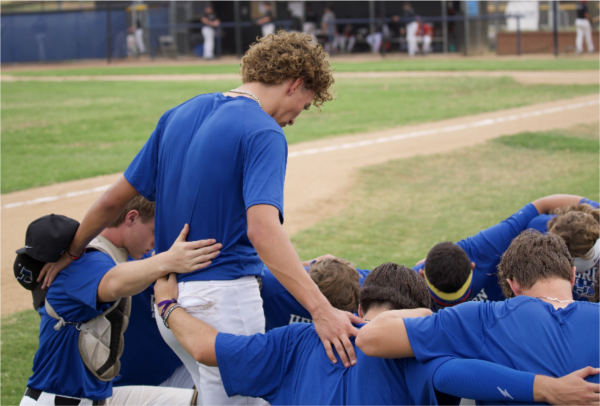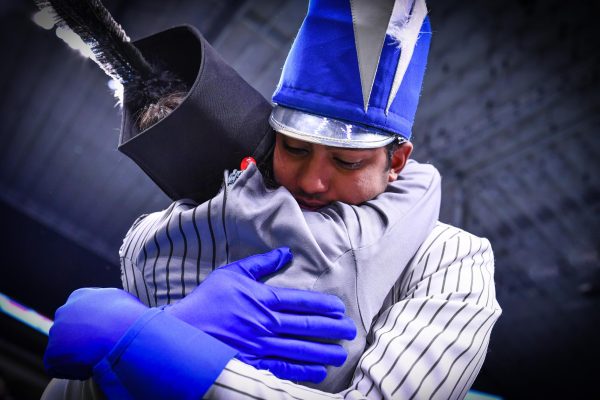Women you should know about this month
As Women’s History Month continues, there are many hidden figures being brought to light. The following women are definitely people who should be on your radar.
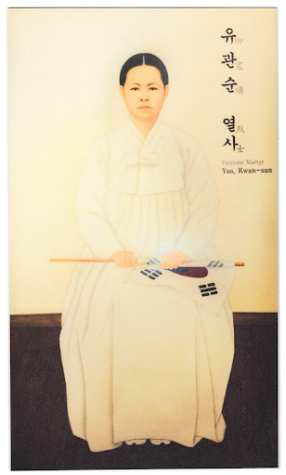
Known as the face of Korean resistance against Japan, Yu Gwan-sun was born on Dec. 16, 1902. She was the second daughter of five and was encouraged to attend Ewha school, which was the first modern educational institution for women in Korea.
During the Russo-Japanese war, The Korean Peninsula was annexed by Japan. Yu Gwan-sun and others protested against Japanese colonial rule on March 1, 1919. On March 5, they marched at Namdaemun, which led to them being detained by Japanese authorities, but missionaries from Ewha negotiated their release.
Due to this, the colonial government ordered all schools to close on March 10. However, this didn’t stop Yu Gwan-sun from spreading the word about the Samil movement, traveling village to village with her family. The meeting took place on April 1, where 3,000 people gathered at Aunae. Gwan-sun gave out Korean national flags, and gave speeches demanding independence. The protests weren’t fully stopped until a few weeks later with more than 7,000 people killed and 46,000 imprisoned.
She was sent to Seodaemun Prison in Seoul where she continued to protest alongside other inmates. She was eventually transported to an underground cell where she was tortured for speaking out. This led to her death on Sept. 28, 1920 at the age of 17.
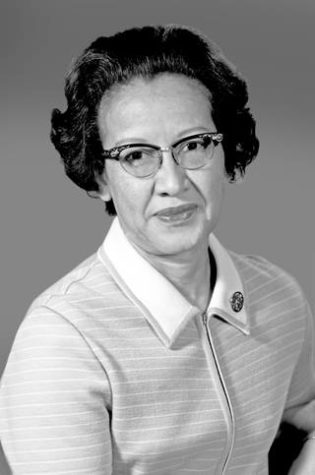
Later becoming a key part in space success, Katherine G. Johnson was born on Aug. 26, 1918 in Sulphur Springs, West Virginia. At 13, she attended high school on the campus of West Virginia State College, right after enrolling into the college itself. She quickly excelled and graduated with the highest honors in 1937. After graduating, she became a teacher at a Black public school in Virginia.
In 1952, Johnson found out from a relative that NACA’s, now known as NASA, all-Black West Area Computing section, led by Dorothy Vaughan, had open positions. She worked on the Maneuver Loads Branch of the Flight Research Division, spending four years analyzing data from flight tests and investigating a plane crash that was caused by wake turbulence.
The work she is most known for happened in 1962. Johnson was selected to work on the orbital mission of astronaut John Glenn. At first, the mission would have been regulated by IBM computers in Washington, Cape Florida and Bermuda, all of which were programmed with the orbital equations that would control the trajectory of the capsule, from liftoff to splashdown. However, Glenn and the rest of his crew were uncomfortable with only trusting in the computers to regulate their trip. As a result, Johnson was selected by Glenn to run through all of the numbers and make sure that they added up, even saying, “If she says they’re ready, then I’m ready to go.” The trip was, in fact, a success.
Johnson ended up retiring in 1986 after working at Langley for 33 years. She lived on to receive a Presidential Medal of Freedom from President Barack Obama in 2015. She passed at the age of 101 on Feb. 24, 2020.
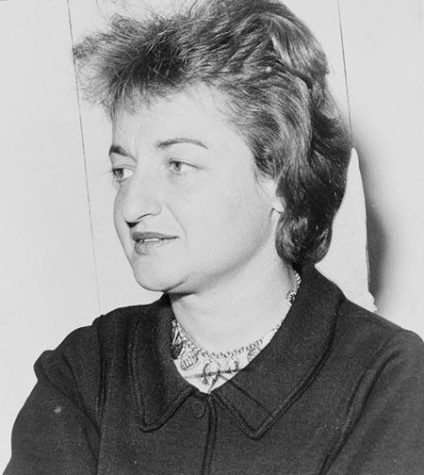
Betty Friedan, a journalist, activist and co-founder of the National Organization for Women, was born on Feb. 4, 1921 in Peoria, Illinois. She trained as a psychologist at the University of California at Berkeley for a year. And as World War II continued, Friedan got involved with several political issues, leaving the graduate program to become a writer for the UE News, and talked about labor and union issues and her interest in women’s rights.
Friedan published “The Feminine Mystique,” a best-seller in 1963. The book brought a multitude of women into the forefront of the women’s movement. It took her five years to write the book as she organized interviews with women from across the country and explained the transition from housewives to independent, career-minded women.
Friedan became the president of the National Organization for Women in 1966 after joining forces with Pauli Murray and Aileen Hernandez to establish the organization. She also helped found the National Association of the Repeal of Abortion Laws in 1969 and organized the Women’s Strike for Equality on Aug. 26, 1970, along with many more organizations that she helped lead.
To add on to all of that, she published various books, taught at New York University and the University of Southern California, and was named the “mother” of the modern women’s movement. She passed away in 2006 due to congestive heart failure.

Senior Nyla Smith is the news editor and this is her third year on staff. In her free time, she enjoys knitting and watching movies.






